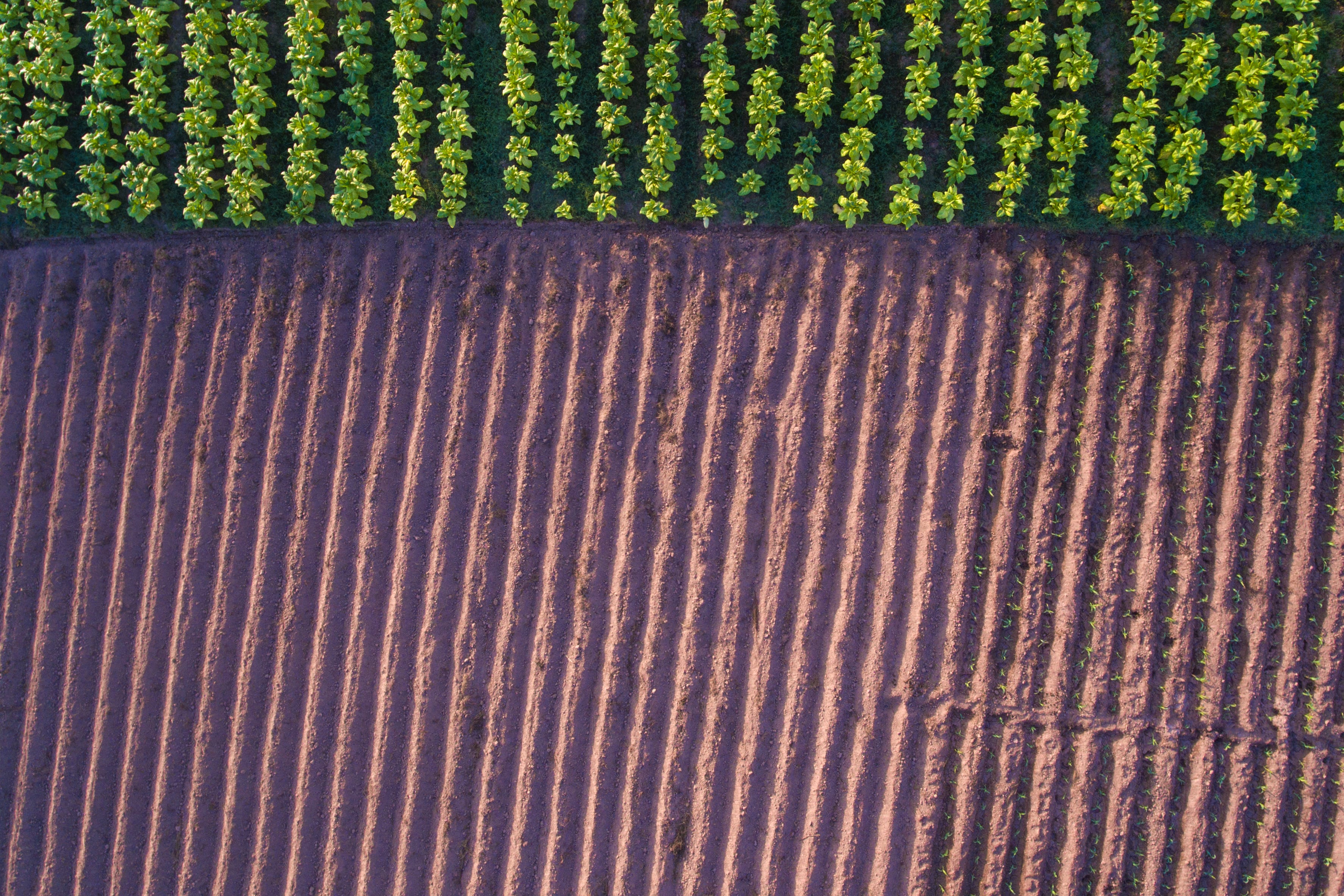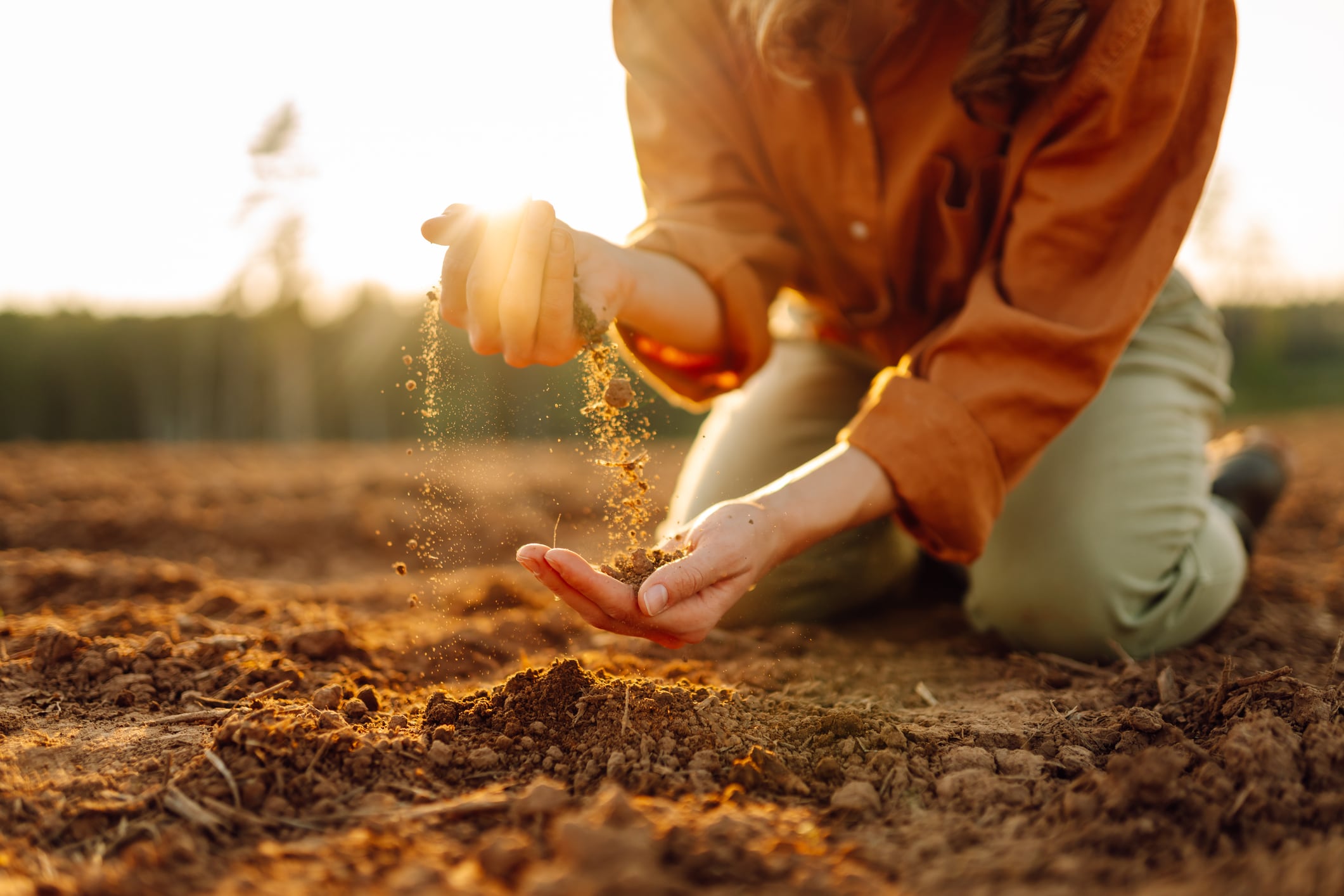Many agribusinesses and food companies are supporting regenerative agriculture globally for a triage of reasons: to protect their bottom line as climate change impacts crops; to hit sustainability targets; and to generate income by engaging in carbon credit activities.
The effects on yield caused by natural disasters and climate change on McCain Foods’ bottom line are “tangible”, said Jess Newman, senior director of agriculture and sustainability at the world’s largest manufacturer of frozen French fries, during a panel discussion at the World Agri-Tech Innovation Summit in San Francisco.
McCain has committed to implementing regenerative agricultural practices across 100% of its potato acreage worldwide by 2030.
Evidence continues to show that regenerative agricultural practices can dramatically improve soil health and biodiversity. But one stumbling block to the sector’s growth are the upfront costs needed by farmers to implement new practices.
McCain hopes to launch a RCPP (Regional Conservation Partnership Programme) grant this year. These grants promote provide funding for projects that encourage and incentivise climate-smart and regenerative practices.
The company also partners with banks such as Farm Credit Canada and Crédit Agricole in France which offer preferential interest rates for growers who want to adopt regenerative practices.
The data challenge
But another big drawback to regenerative agriculture is that without standardised methods, measurements can vary significantly, leading to inconsistent data. This not only hinders effective comparison and analysis but fails to ensure that claims about regenerative practices are credible and verifiable.
Clearer guidelines may allow more farmers to earn additional revenue by storing carbon in their soil and selling carbon credits. It could also help prevent accusations of greenwashing, where vague or unsubstantiated claims about sustainability are used for marketing purposes.
“One of the things we’ve struggled with, particularly in financing the transition, is having enough of that data set to really prove to financial institutions that the risk is lower,” Newman said.
Standardised data collection and reporting is hard to achieve when there’s no one universally agreed definition of regenerative agriculture.
McCain is a founder member of the Sustainable Agriculture Initiative Platform (SAI Platform) which has been working to establish a new standard definition globally. Other members of SAI Platform include the likes of Nestlé, Danone, Unilever, and PepsiCo.
But “there’s still a number of organisations working to coalesce that definition,” admitted Newman. “So you kind of have to pick one and cross your fingers.”
Methodology is playing catch up
Getting global farm data is “difficult problem”, said Jack Roswell, the CEO and co-founder of Perennial Earth – a Boulder, Colorado-based company specialising in measurement, reporting, and verification (MRV) for soil-based carbon removal.
In the market in general he said that methodologies and standards are maturing and playing catch up with the technology.
There is, however, “more and more work being done to compare the accuracy of different measurement technologies on the same plots of land”.
Patrick Smith is CEO of the Washington-based Loftus Ranches, one of the of the largest hop growers for the craft beer industry which has witnessed a “tremendous” increase in soil carbon thanks to regenerative practices.
“What we need in the carbon world is the equivalent of the financial accounting standards board,” he said.
By way of an example, he asked: “How well would our equity markets work if companies could just choose the financial accounting standard that worked best for them?”
“Once you list on the NYSE you subscribe to recording your financials in this way and that’s really important for the integrity of the financial reporting and we need the same thing in all ESG reporting if we’re going to take it seriously.”
Improving soil health offers extraordinary value, believes Lars Dyrud, CEO of EarthOptics, which gives detailed soil health insights using advanced sensing technologies and machine learning.
Bringing soil to “optimal” health would increase the value of row crops and grassland in the US from $6 trillion to $10 trillion, he said, thanks to the associated lower input costs, yield increases and carbon credits.
“There is a massive reservoir of momentum that hasn’t been released yet,” added Rosswell. “There is a lot of carbon that has been built up already that hasn’t been sold or been able to get through the methodologies. But at some point, whether its via regulation or incentives, we will break that reservoir eventually.”





